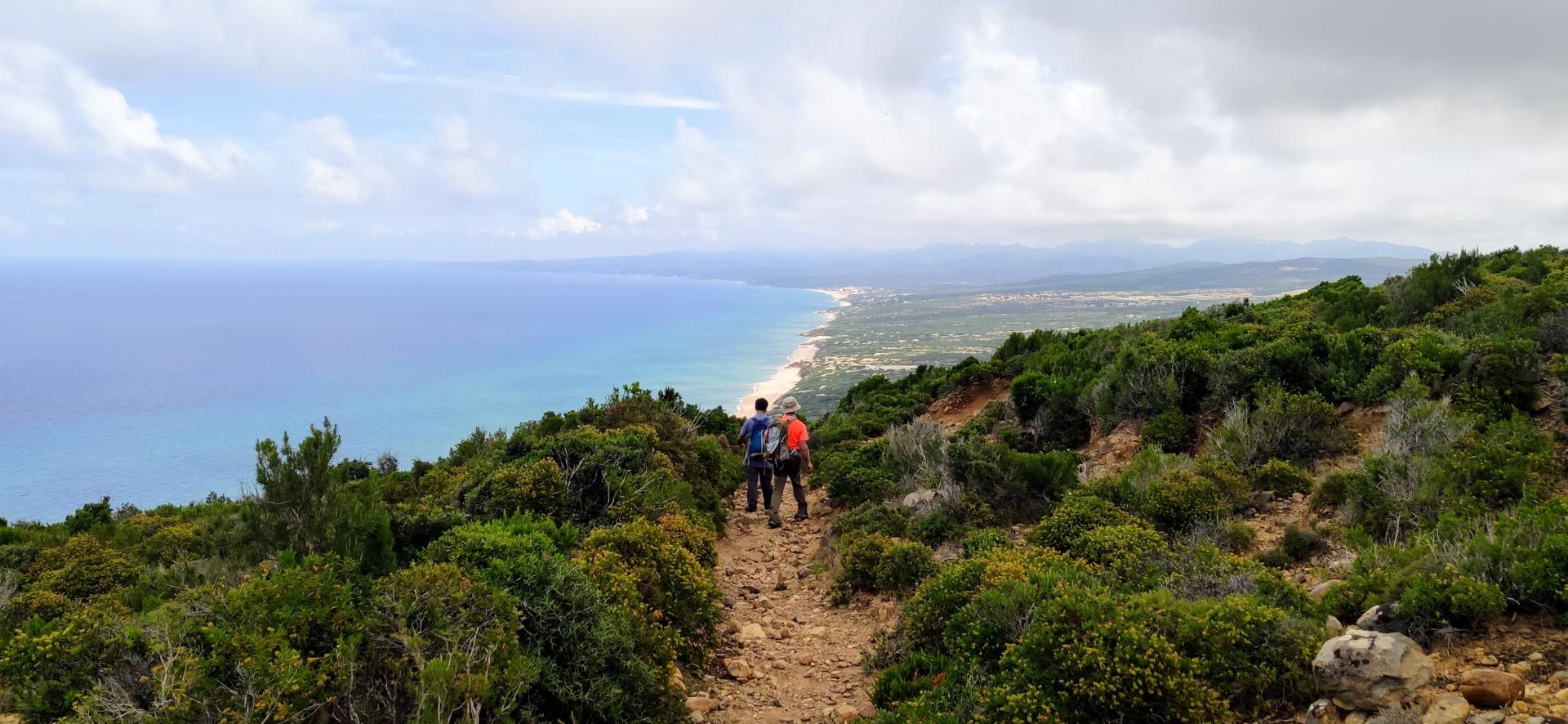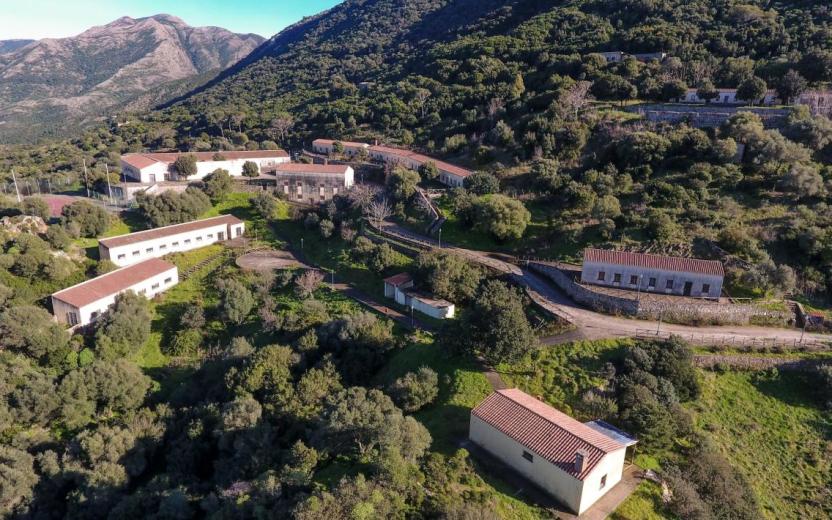Official Sardinian Paths
Sardinia offers a marvelous variety of interpretations of the landscape: among these, the historical-mining-religious paths included in the regional register are a splendid sample of proposals for the walker-pilgrim: dirt roads, cart tracks, mule tracks and disused railways of Sulcis , Iglesiente and Guspinese. Or along the coasts, where the route of the 100 Towers winds, or through Gerrei, Sarcidano and Tacchi d'Ogliastra, where other Transhumance Routes lead to Gennargentu and Supramonte along dozens of sites protected by the Geo-mining Park of Sardinia... a time traveled by workers or shepherds...


